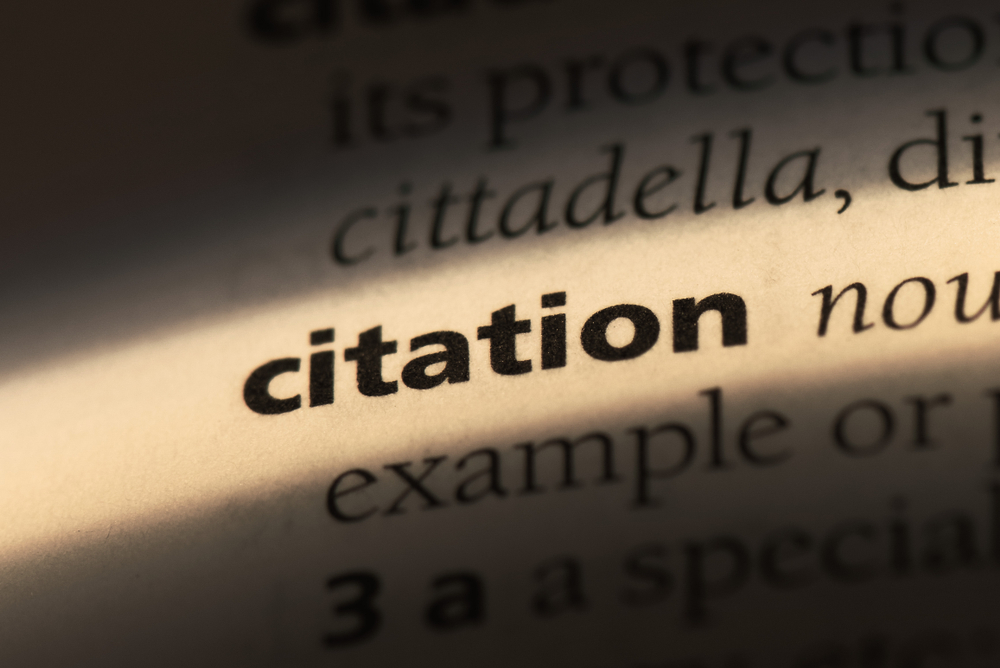Introduction
Citations are an important part of academic writing. They help readers find the information you’re referencing in your text, and they give credit where credit is due. When citing sources, it’s important to use the proper format and adhere to guidelines set out by APA style guide (which is now being used by most universities).
The importance of proper citation and referencing
Citation is one of the most important aspects of academic research. It allows readers to find your sources and understand what you’re saying. When you cite a source, it’s an opportunity for readers to see how much information you’ve read before writing on the topic, as well as how many different ideas have been considered by others in similar fields.
When citing sources in academic papers, be sure to include the author’s name (or last names), title of article (if available), publication date and page numbers for each source’s reference list entry.
Citing a work is an important part of academic writing.
Citing a work is an important part of academic writing. You need to cite sources for your work, both as a way of showing that you have done your research and because it shows that you know what is appropriate for your audience. Citing sources can be tricky because there are different ways of citing them depending on the type of source (e.g., journal article), but most journals will have guidelines on how they should be cited in the text itself or online at their site.
In addition to using these citation formats correctly, it’s also important that you understand what each one means:
When to cite your sources
Citing sources is a way to show your readers that you have read and understood the material. By citing sources, you are showing them how much research has been done on a topic before you wrote or spoke about it.
Citing your sources helps your readers understand your argument because they can see where it came from and whether or not what was written provided accurate information about the subject under discussion.
How to cite your sources
If you want to cite a source, here’s how:
- Give the author’s last name, first name and year of publication (e.g., “Jones, J. 2016.).
- Use a colon to separate the author’s last name from their first: Jones, J., 2016.
- Include any titles after the “title” in parenthesis if it has been translated from another language (e.g., “The Secret Life of Bees [Buechner]. 2015.).
When to use in-text citations and endnotes/footnotes
In-text citations are used to refer to a source in the text. They should be placed at the end of your sentence, after all punctuation has been added. Endnotes/footnotes are used to refer to a source outside of your paper or document (usually another chapter). This means that when you use an endnote or footnote, you’ll need to tell us where it’s located and what chapter it belongs in so we can locate it correctly on our own reading list!
How to format your citations in APA style
You can use Harvard, Chicago, MLA or Turabian citation styles. The APA style is most commonly used in academic writing. In this article we will look at how to format your citations in APA style.
Citation is essential for the reading process, so make sure you know how to do it correctly!
Citation is a way of giving credit to sources and ensuring that you can find them again.
If you are using sources in your writing, it’s important to cite them correctly.
Conclusion
In conclusion, citing your sources properly is essential for the reading process. It’s also important to make sure that your citations are correctly formatted and formatted correctly in APA style. Citing a work is an essential part of academic writing, so make sure you do it right!

